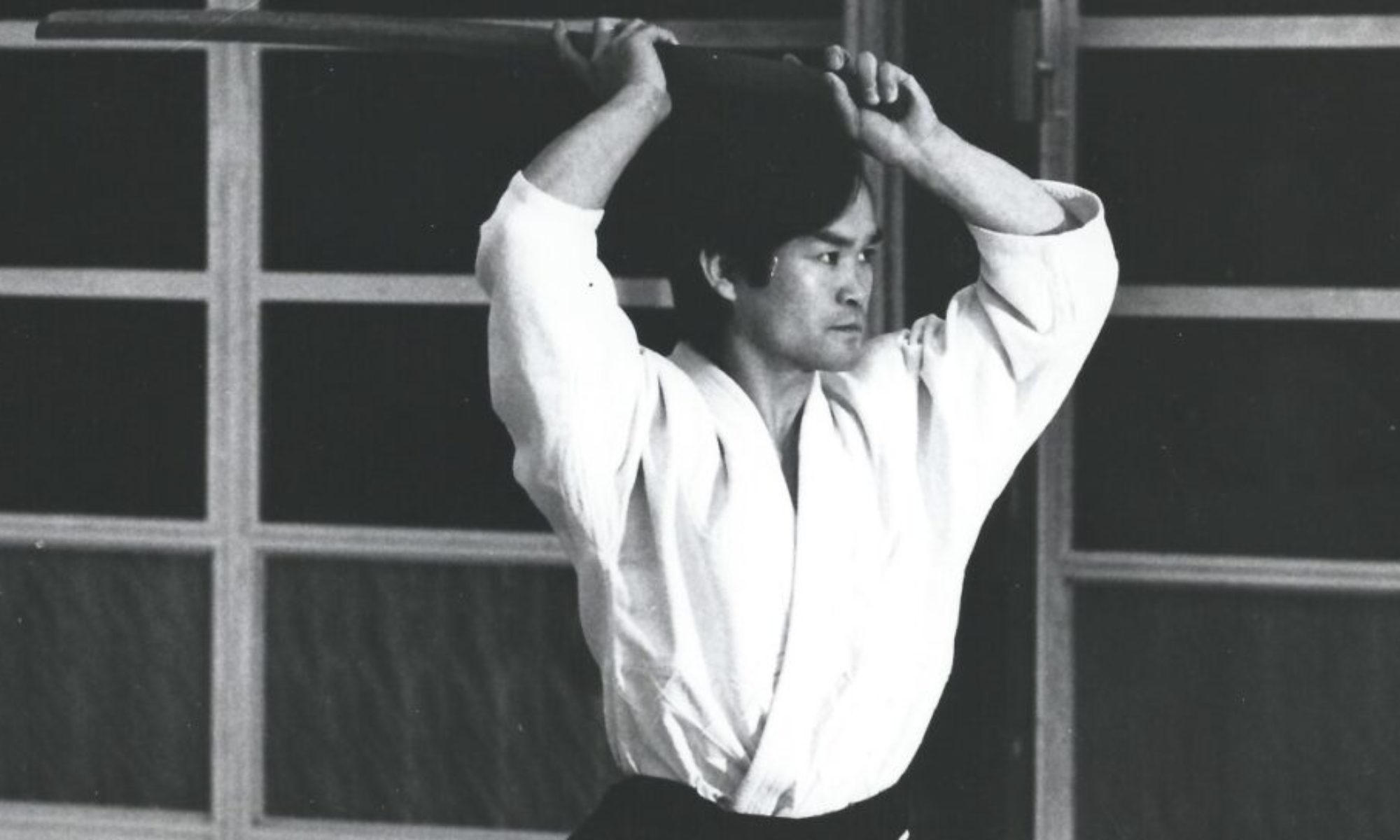By Hideki Okuda, Aikido Daiwa
守破離 (Shu-Ha-Ri ) is a philosophy of training which can be found in Aikido and any other “do” martial art. When the word is broken down in Japanese, 守 (Shu) means to protect the original, 破(Ha) means to break through, and 離 (Ri) means to move in one’s own way.
When I became a yudansha, I was told it was time to break through and that this was when the “real” Aikido training would start. I was to start training in my own way while searching for the best results that would fit my own body style. However I thought that as a fukushidoin, I should not break through. I should not change or add anything to the Aikido that I had learned. I should respect the “守-shu” of Shu-Ha-Ri by going back to the basic traditional movements and training to study Aikido more fully with respect for ki.
When I first started training Aikido, I did not know anything. There was no website like YouTube to see movements and techniques. There were pictures in books, but it did not show the processes. I only had the option to attend the class, watch demonstrations and listen to senior students telling me what to do. Yet, now we have a lot of resources available on the Internet; one can find almost any technique there is and watch it. Anyone can watch O-Sensei teaching, well-known uchideshi when they were young, and even one’s own teacher’s demonstrations. Although these sites are convenient and help people see what Aikido looks like, at the same time, I believe that it can confuse new students. They can get so much input and they may start thinking that it is okay to do techniques in their own way as long as it works. Many are able to study by themselves and mix what they see on the Web.
Some senior students have the tendency to disregard the sensei’s demonstrations and do techniques in their own style, while influencing newer students. I think that this is wrong. Like building a house without a steady base, the senior students are stopping newer students from learning proper basic forms and thus prohibiting them from having a steady base. Eventually, the student without a steady base or form will not perform as well as the student with the strong base. I see many students, including these seniors, training -what seems like- jujitsu at Aikido classes. Jujitsu works by using power of the muscle, which makes one feel as if their technique is working. And this may be okay if someone is looking for a street-fighting technique. But if there is no respect for one’s own and partner’s ki, I believe it is not Aikido. Of course, it is a martial art; thus, it has to have a sense of assertiveness and seriousness. However, Aikido is not about violence and taking down the opponent to damage them; it is all about respect.
As a Fukushidoin (assistant teacher), I think that it is important to show examples of not just how Aikido works but also how to train in the proper way. To do this, I must train the right way. I have to show the students, especially beginners, how important it is to practice the basics and build up a solid Aikido base before even talking about “破 (Ha),” or breaking through.
O-Sensei gave us this incredible martial art and we have to pass it on to our future Aikidoka without diluting it. It is a long way for me to go in order to “破 (ha)” or break through. Ultimately to me, this certification as a Fukushidoin simply means more training.
